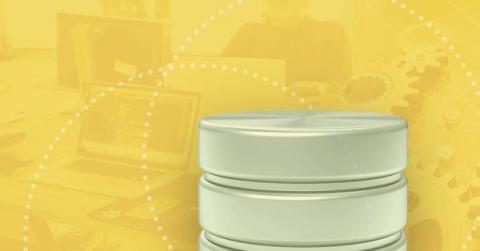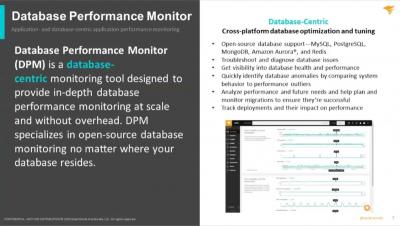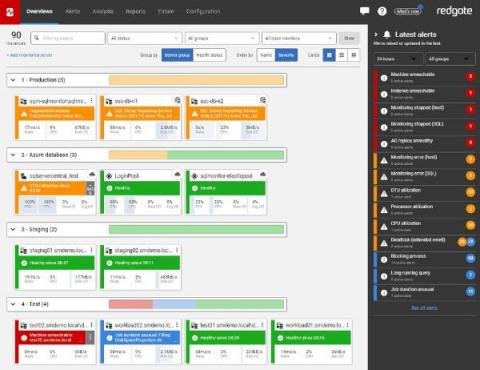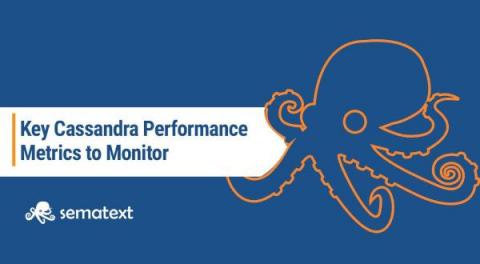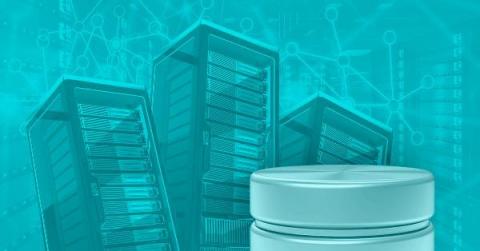Operations | Monitoring | ITSM | DevOps | Cloud
Databases
The latest News and Information on Databases and related technologies.
Get Complete Visibility for Faster Application Troubleshooting
Database source control using Flyway, a summary - Scott Sauber
5 things to look for in a third-party monitoring tool
10 SQL Server Performance Tuning Best Practices
How Do You Monitor Cassandra Performance: Key Metrics to Measure
Apache Cassandra is a distributed database known for its high availability, fault tolerance, and near-linear scaling. It was initially developed by Facebook, but it is a widely used open-source system used by the largest tech companies in the world. There are numerous reasons behind its popularity, including no single point of failure, exceptional horizontal scaling with a data layout designed as a perfect fit for time-series data.
Native SQL Server Backup Types and How To Guide
Performing database tests on SQL databases
Testing is one of those activities that if not exhaustive will not have its complete impact on your software development process. Oftentimes developers are only concerned about testing the application layer of the system (a.k.a the codebase) and ignore testing the data layer (the database) which is also as important as testing the code itself.


